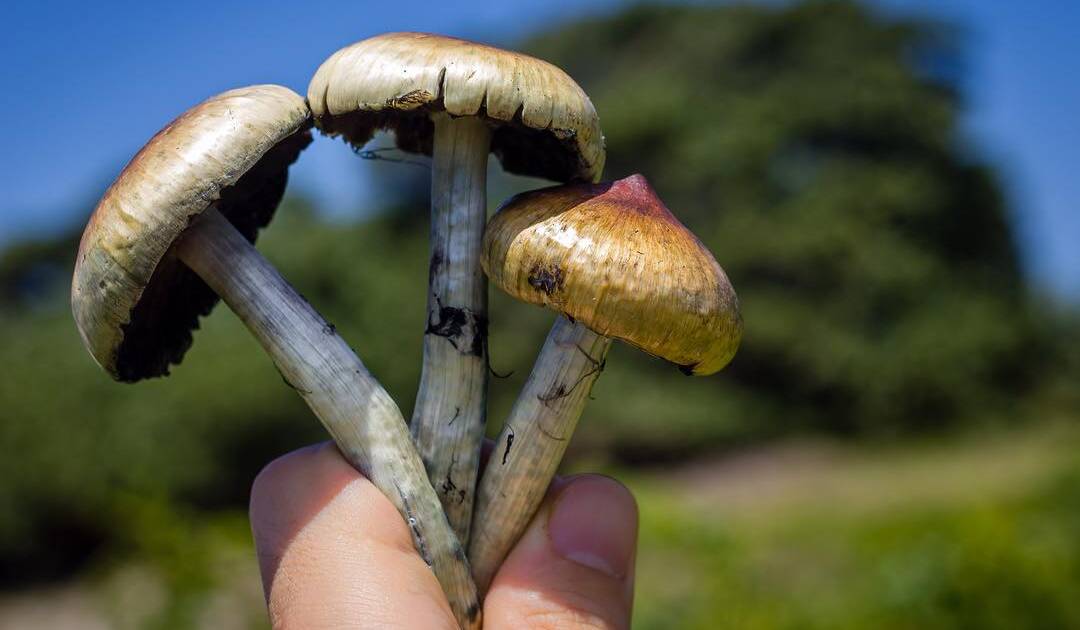The practice of microdosing—taking a minimal amount of a psychedelic substance—has surged in popularity in recent years. Magic mushrooms, scientifically known as Psilocybe species, are at the forefront of this trend. But what is the science behind the subtle effects of these psychedelics? Let’s dive in.
Understanding Microdosing
Microdosing involves consuming about 1/10th to 1/20th of a typical psychedelic dose Microdosing magic mushrooms with ADHD. For magic mushrooms, this equates to roughly 0.1 to 0.3 grams. At these amounts, users typically don’t experience hallucinations but report enhanced creativity, focus, and mood.
Psilocybin: The Active Ingredient
Psilocybin is the primary psychoactive compound found in magic mushrooms, and it’s responsible for the psychedelic effects associated with these fungi. This compound belongs to the tryptamine family, closely related to the neurotransmitter serotonin. When ingested, the body rapidly converts psilocybin into its active form, psilocin.
The profound effects of psilocin can be attributed to its interaction with the brain’s serotonin receptors, primarily the 5-HT2A receptor. By temporarily affecting serotonin transmission, psilocin can alter mood, perception, and cognition. This mechanism is believed to be the reason behind the profound, often introspective and spiritual experiences users report during a full psychedelic journey.
Interestingly, the effects of psilocin on the brain don’t stop at serotonin modulation. Research suggests that the compound promotes increased connectivity between different regions of the brain. This hyperconnected state might be the reason behind the heightened creativity and out-of-the-box thinking that many users describe, even at microdose levels.
Neuroplasticity and Brain Connectivity
Recent studies suggest that microdosing psilocybin might enhance neuroplasticity—the brain’s ability to reorganize and form new neural connections. This could be a factor in the reported cognitive benefits of microdosing.
Psilocybin, the active component in magic mushrooms, has garnered attention for its range of potential therapeutic effects:
Depression and Anxiety: Preliminary research points to significant reductions in symptoms of depression, with effects lasting months after a single dose. It also appears to ease end-of-life anxiety in terminally ill patients.
PTSD and Trauma: Psilocybin might help patients confront and process traumatic memories, potentially alleviating symptoms of PTSD.
Addiction: Studies indicate psilocybin’s promise in treating various addictions, from nicotine to alcohol, by offering profound shifts in perspective.
Cluster Headaches: Anecdotal reports suggest psilocybin can offer relief from the intense pain of cluster headaches.
Well-being: Many users note increased well-being and life satisfaction after psilocybin use, even in microdoses, hinting at its potential to boost overall mental health.
Safety and Side Effects
Like any substance, magic mushrooms are not without risks. Some users report increased anxiety or the onset of hallucinogenic effects if the dose is slightly over the microdose range. It’s essential to start with a minimal amount and adjust based on personal experience.
Legal Implications
While the therapeutic potential of magic mushrooms is becoming more recognized, they remain illegal in many countries. It’s crucial to be aware of the legal status in your region before considering microdosing.
The science behind microdosing magic mushrooms is still in its infancy. However, the potential cognitive and therapeutic benefits make it a promising field of study. As with any substance, it’s essential to approach with caution, do thorough research, and consider the legal implications.
References:
- Fadiman, J. (2011). The Psychedelic Explorer’s Guide: Safe, Therapeutic, and Sacred Journeys. Park Street Press.
- Carhart-Harris, R. L., et al. (2017). Psilocybin for treatment-resistant depression: fMRI-measured brain mechanisms. Scientific Reports, 7(1), 13187.
- Stamets, P. (2019). Psilocybin Mushrooms of the World: An Identification Guide. Ten Speed Press.
- Johnson, M. W., et al. (2017). The abuse potential of medical psilocybin according to the 8 factors of the Controlled Substances Act. Neuropharmacology, 142, 143-166.
- Nichols, D. E. (2016). Psychedelics. Pharmacological Reviews, 68(2), 264-355.
- Petranker, R., et al. (2020). Microdosing psychedelics: personality, mental health, and creativity differences in microdosers. Psychopharmacology, 237(2), 341-352.
- Anderson, T., et al. (2019). Psychedelic microdosing benefits and challenges: an empirical codebook. Harm Reduction Journal, 16(1), 43.
